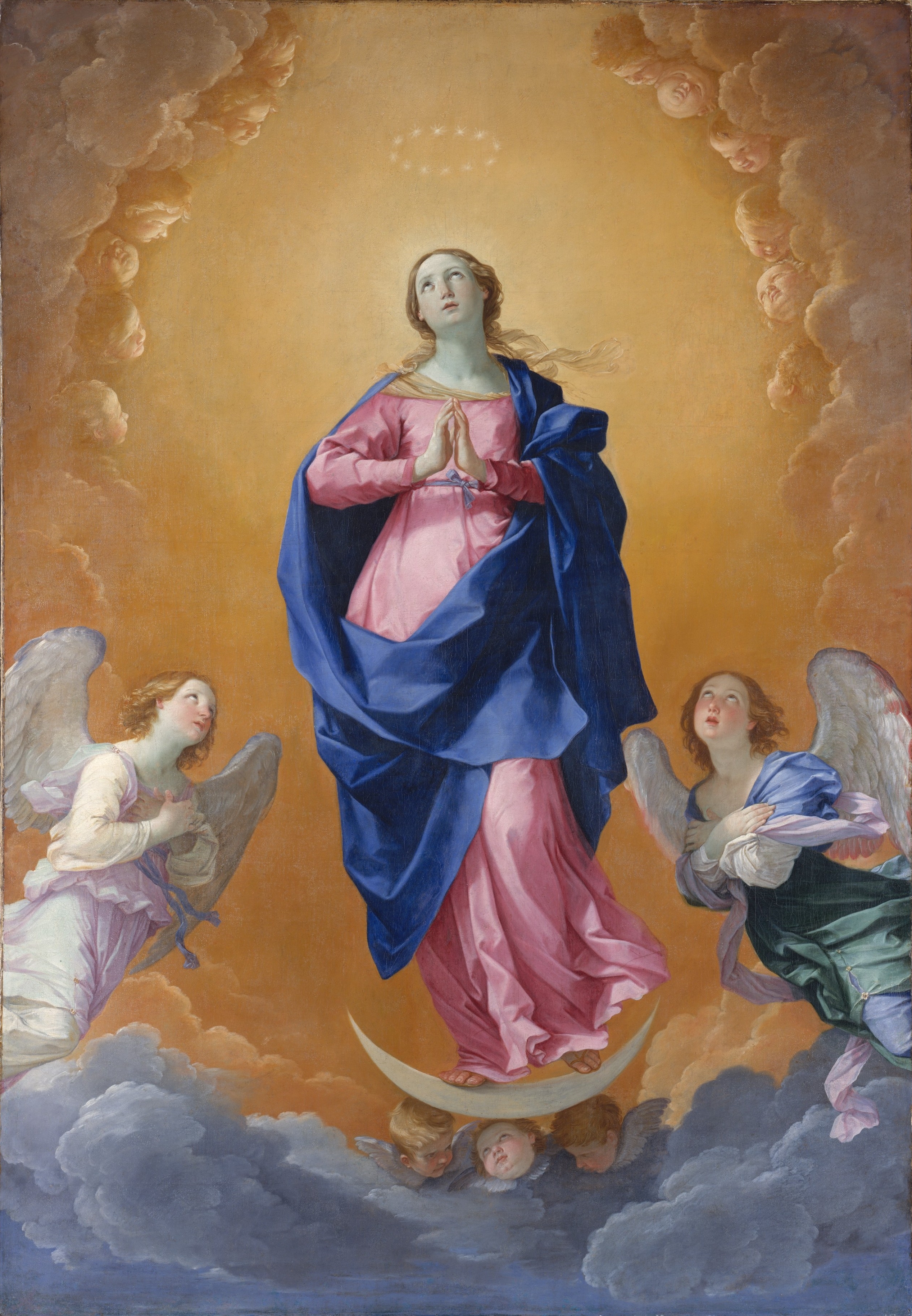Striking for its coloristic richness -a pictorial quality imparted by the combination of red and black chalk- this head of a young woman is a preparatory study for Reni's painting Judith and Holofernes, a celebrated and much replicated composition.
The present study was most probably derived from life, to judge from the bold immediacy of the contours and the quick zig-zagging of the parallel hatching of the shading.
Guido Reni | The Head of a Woman Looking Up (Judith), 1625-26 | Metropolitan Museum of Art



%2BDutch%2Bportrait%2Bpainter.jpg)
%2BDutch%2Bportrait%2Bpainter.jpg)











